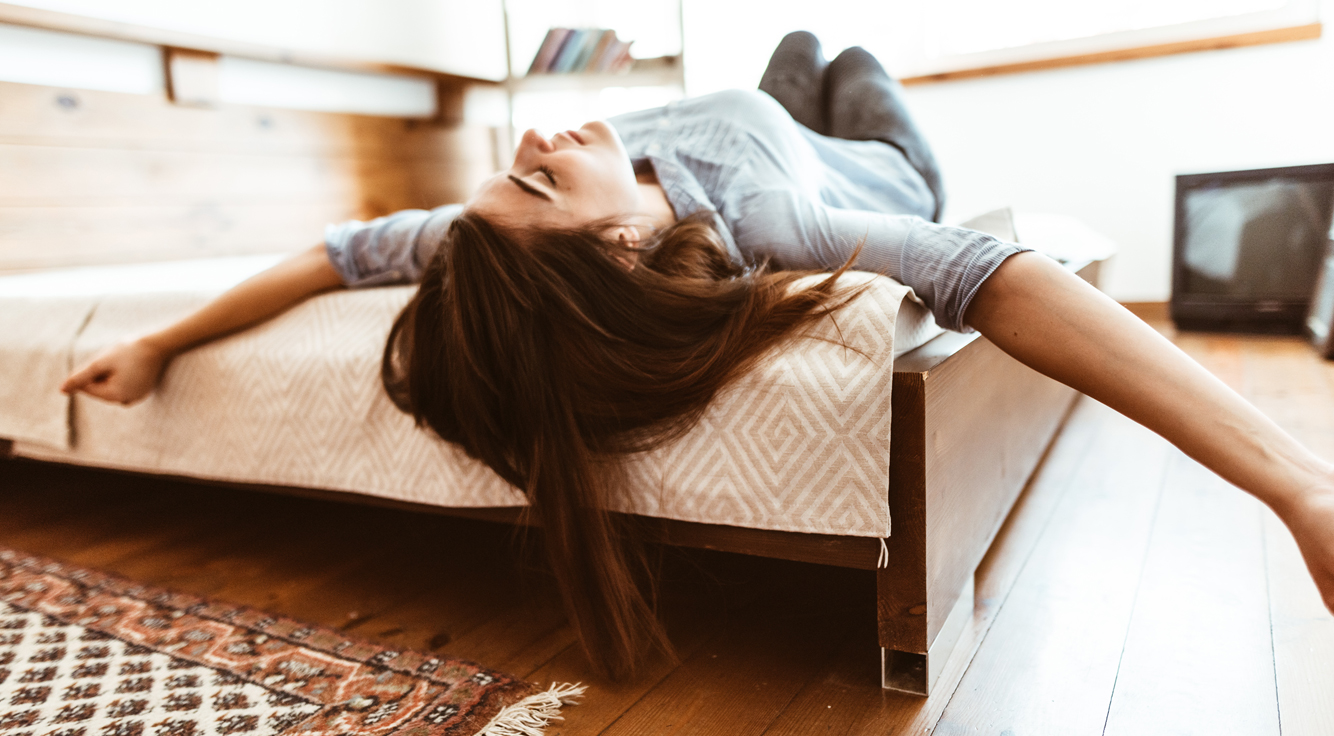
Get the facts on seasonal depression
Between the cold, dry air, dangerous storms, and shorter days, winter can be hard on your health. And it’s even harder if you struggle with seasonal affective disorder (SAD).
This form of seasonal depression often hits in the winter. If you tend to feel depressed or even “off” at about the same time each year, you may be suffering from this condition. It’s important to learn about SAD, its causes, and how it’s treated.
What causes SAD
The days are shorter in winter, making it difficult to get enough sunlight — especially if you work indoors during the day. The end of daylight saving time can also make this harder by disrupting your body’s internal clock.
How to recognize SAD
The symptoms resemble other forms of depression. To figure out if your depression is seasonal, consider these questions:
- Have you felt depressed at the start of winter for the last 2 years?
- Do you typically feel better once winter ends?
- Have you noticed other symptoms, such as changes in weight or appetite?
- Does anyone in your family suffer from SAD?
How you can manage your symptoms
Your mind and body are connected, which is why taking care of your physical health can help improve your overall sense of well-being.
To help manage the symptoms of SAD, try getting extra sunlight whenever you can. This can mean stepping outside a few times a day, or taking a brisk walk on your lunch break.
Exercise in general is beneficial, even when it’s indoors. Aside from daily walks, try strength training to release endorphins. Yoga’s also an excellent stress reliever — plus it builds strength and flexibility.
A healthy sleep schedule also helps. Try going to bed earlier on weekdays so that your exposure to nighttime hours is shorter. If you have trouble falling asleep early, a warm bath, gentle stretches, a good book, or a soothing cup of tea can help. Experiment and see which of these work best for you.
Consider alternative treatments
If you still struggle with symptoms, light therapy can provide relief. This treatment uses bright light boxes for 20-60 minutes each day to help reset your internal clock.
If you need extra mental health support, talk to your doctor about more advanced treatment options. They could include:
- Cognitive behavioral therapy (a behavior-based approach to treating depression and other conditions)
- Antidepressants like selective serotonin reuptake inhibitors (SSRIs)
- Checking your vitamin D levels and prescribing supplements if needed
Learn more about seasonal affective disorder.
TOPICSmental healthMental Health and Wellnessseasonal depressionsleep hygiene





